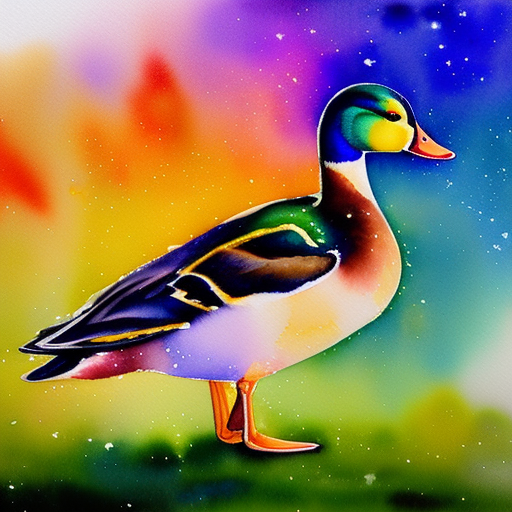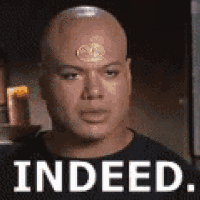cross-posted from: https://lemmy.dbzer0.com/post/14539490
The bugs around the streetlight are being tricked to think they are going in a straight line. They are doing the aerial equivalent of an ant death spiral.
Preexisting research into bugs circling lights was mainly to see what properties of the lights attracted the bugs, which is how we know that certain LED lights can prevent the bugs from flying towards it.
This study, however, showed that the bugs aren’t trying to get to the light at all. The light triggers their dorsal reflex, causing them to recalibrate their sense of direction to keep the light at a fixed angle from their perspective. The bugs think they are going in a straight line, forever, and they never get to where they are going.
Holy shit, no wonder the insect biomass has reduced so much. Imagine how many insects we trap for entire nights with just something as simple as a streetlight. Forget about a few weeks of highway construction with flood lights at night. I’d imagine that causes a lot of them to starve, or just fail to mate, or exposes them to predation. Poor things.
Yet another atrocity caused by the ignorance and callousness of humanity. We have so much potential but we are just a fucking wrecking ball right now, creating concentrated suffering literally just for a little extra comfort and convenience. It’s so gross.
We really need to figure out how to do something to give back to the rest of this planet and start to turn things the other way. Not just to save our own asses, but because right now our species is absolutely monstrous. We have potential, sure, but we really need to get over our greed and cruelty like, yesterday.
To be fair, they are stuck for as long as they want to go straight. At any point they can decide to turn in some other direction that might take them away from the light, at which point they escape the light trap. However, they are burning calories while circling the light that they could be using for pollination
I mean, if you were trying to escape a mind-trap, wouldn’t you be inclined to try to move straight away from it? Unless they somehow manage to figure out a better escape trajectory, it seems natural that trying to escape would make it worse.
It’s like a biological finger trap set for species that aren’t particularly renown for their problem solving.
If you’re in a situation where you need and have outdoor lights, placing them on a timer is an easy way to drastically reduce the negative impact to the surrounding wildlife. Choosing bulbs or using a film to produce yellow or amber light is another way to improve the effort, and can make it safer for people who have to move between the lit area and an unlit one since amber lights reduce effects of night blindness in people.
The old low pressure sodium lights we had in the UK were great on this front. They were about as efficient as LEDs as well but the bulbs got too expensive to make, so the last factory making them in Europe closed down and they mostly disappeared quite quickly.
I reckon they should switch street lights over to monochromatic yellow LEDs, they’d look the same as the old lights and not affect insect populations so much. They’re good for astronomers too as the light is only one wavelength.
Lol, that’s the best way of describing it. I wonder if they have a way of being confused that they aren’t getting anywhere.
Apparently lit ground can also cause them to flip upside down and fall, and passing under a light causes them to fly in an arc stalling out at the top, which slows them down.
Interesting. I recently noticed new decorative lights outside a public building nearby. Instead of static white lights, these are red-ish, and slowly dim in and out in a sequence. This might be a way to reduce the impact on wildlife.
@ThisIsAManWhoKnowsHowToGling I wonder if that behavior selects for those which don’t fly perpendicularly. Do we know if light pollution reduces significantly the insect population?
The study also showed that certain species are more susceptible to different kinds of light. Some of them are more likely to orbit under the light, some of them are more likely to orbit above, etc






